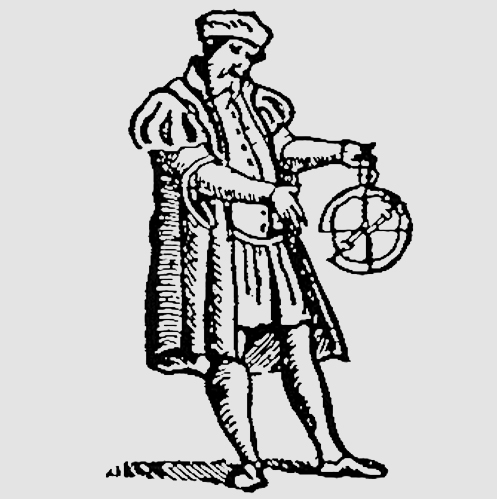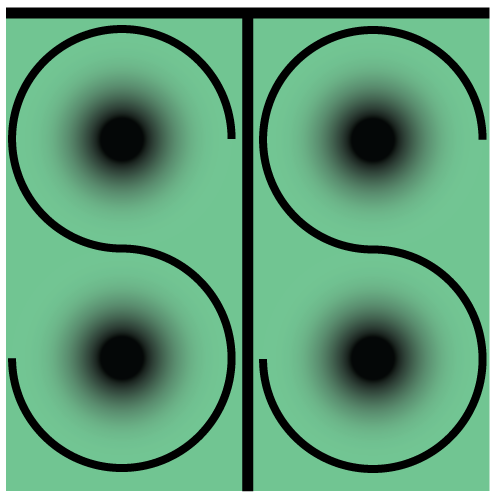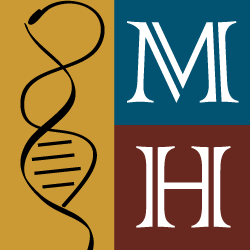Date/Time
Thursday
20 Mar 2014
4:00 pm - 6:00 pm

Location
470 Stephens Hall
Event Type
Colloquium
Elihu M. Gerson
Scholar of Sociology, UC Berkeley
The external genitalia of female spotted hyenas (Crocuta crocuta) are very similar to those of male spotted hyenas. In the absence of an external vaginal opening, urination, mating and birth take place through an enlarged clitoris. This arrangement is unique among mammals. All adult females in a clan dominate all adult immigrant males and have priority of access to food at a kill. They live in complex social groups (clans), and rank is “inherited” in the maternal line. Although spotted hyenas will certainly scavenge, they normally hunt in groups that take prey as large as buffalo.
In the early 1980s, Lawrence Frank, whose dissertation research at UCB revealed the complexities of hyena social structure in nature, was investigating the role of androgens in female spotted hyenas. These efforts led to the establishment of a unique colony of live hyenas at UCB, under the direction of Stephen Glickman. Many collaborators, from a variety biological disciplines, have contributed to the ongoing research on hyena development and behavior, including researchers conducting field studies of Crocuta. These are based at Michigan State University under the direction of Kay Holekamp.
After three decades of interdisciplinary research, the collaboration has found sources of androgen that account for the differences in reproductive anatomy between male and female spotted hyenas and have identified a unique role for estrogens in formation of hyena genitalia. Work in close collaboration with field researchers has also clarified the developmental processes involved in the emergence of prosocial and aggressive patterns of behavior. Moreover, studying these hyenas has called attention to mechanisms that might be facilitating or inhibiting successful reproduction in other mammalian species, including our own. It has also called attention to a major defect in the traditional theoretical approach originally proposed by Alfred Jost more than 50 years ago: the tendency to treat female reproductive development as a “passive” process. Passive development is an oxymoron. Words matter. The common attribution of feminine urogenital development as resulting from a “passive” process, even in medical textbooks, is a statement of ignorance that discourages a search for active mechanisms.
This talk summarizes the course of the research to date, and considers some of the ways that multi-disciplinary collaboration has shaped it.
Additional sponsorship comes from: Office for the History of Science and Technology




